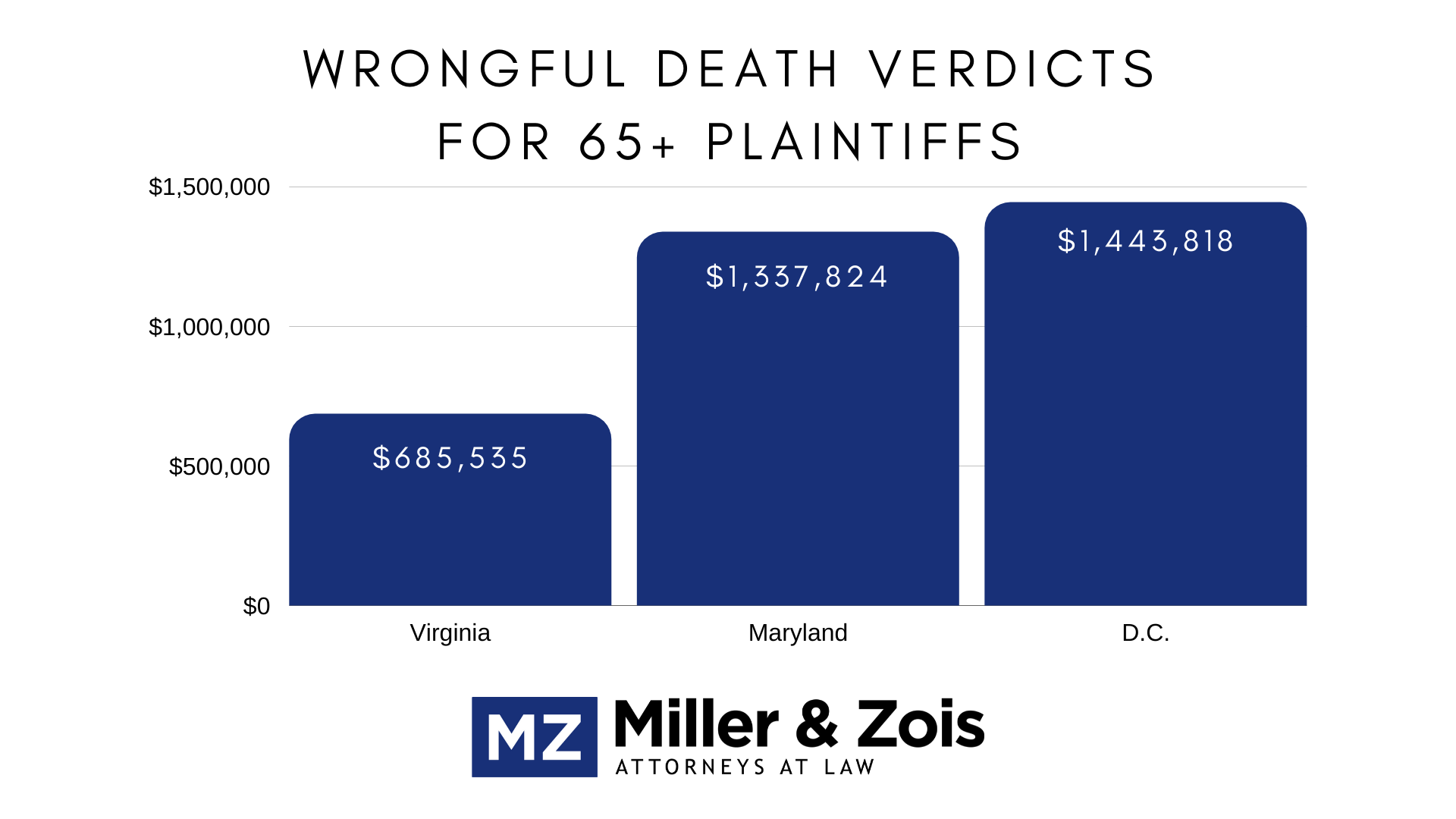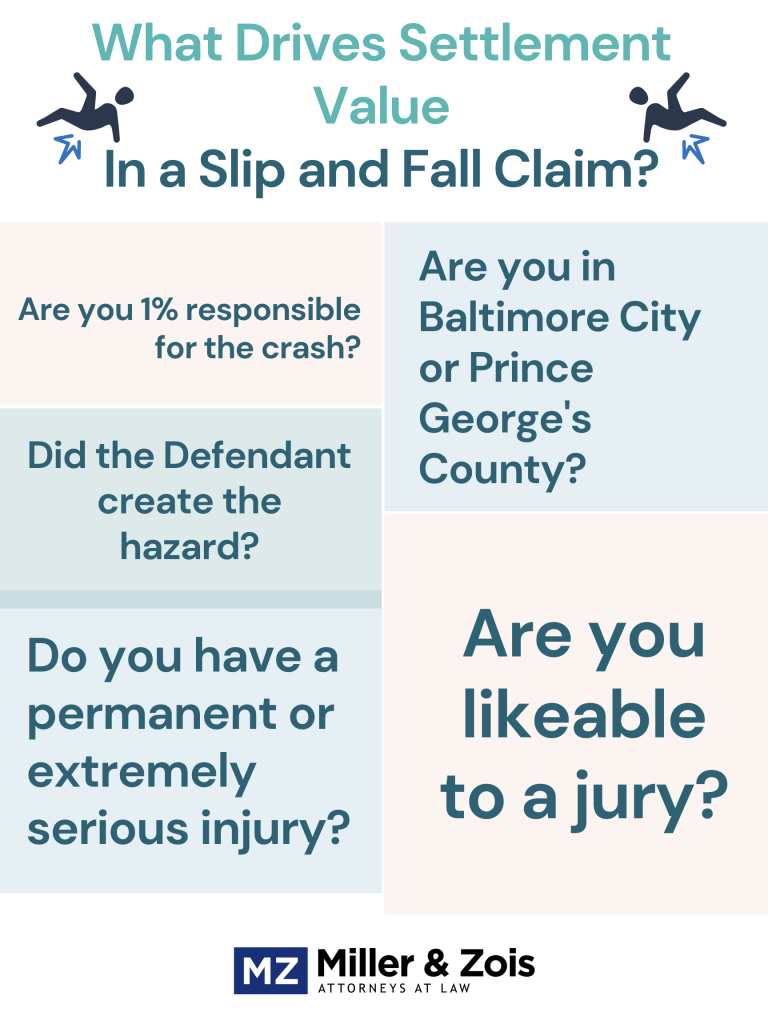Mega law firm McKenna Long & Aldridge announced yesterday it has cut the starting salaries of its first-year lawyers by $20,000. (The original version of this post said: “to $20,000.” Now that really would have been news!)
There has been a delay in reducing starting associate salaries even while these large firms are laying off scores of lawyers. Why? Well, let’s say you’re a muscle head who works out at the gym 7 days a week. Then disaster strikes. You get a job or, worse still, a family. Now you can only work out 4 days a week. What do you cut out of your workout? The bench press? No, how much you can bench is the muscle head signature statement of strength.
Starting associate salaries is like the bench press for major law firms. Bizarrely, you seem to lose more street cred firing lawyers and staff than you do lowering the salaries of your first-year lawyers. That’s my take on it anyway, which is, thankfully, from a distance.







